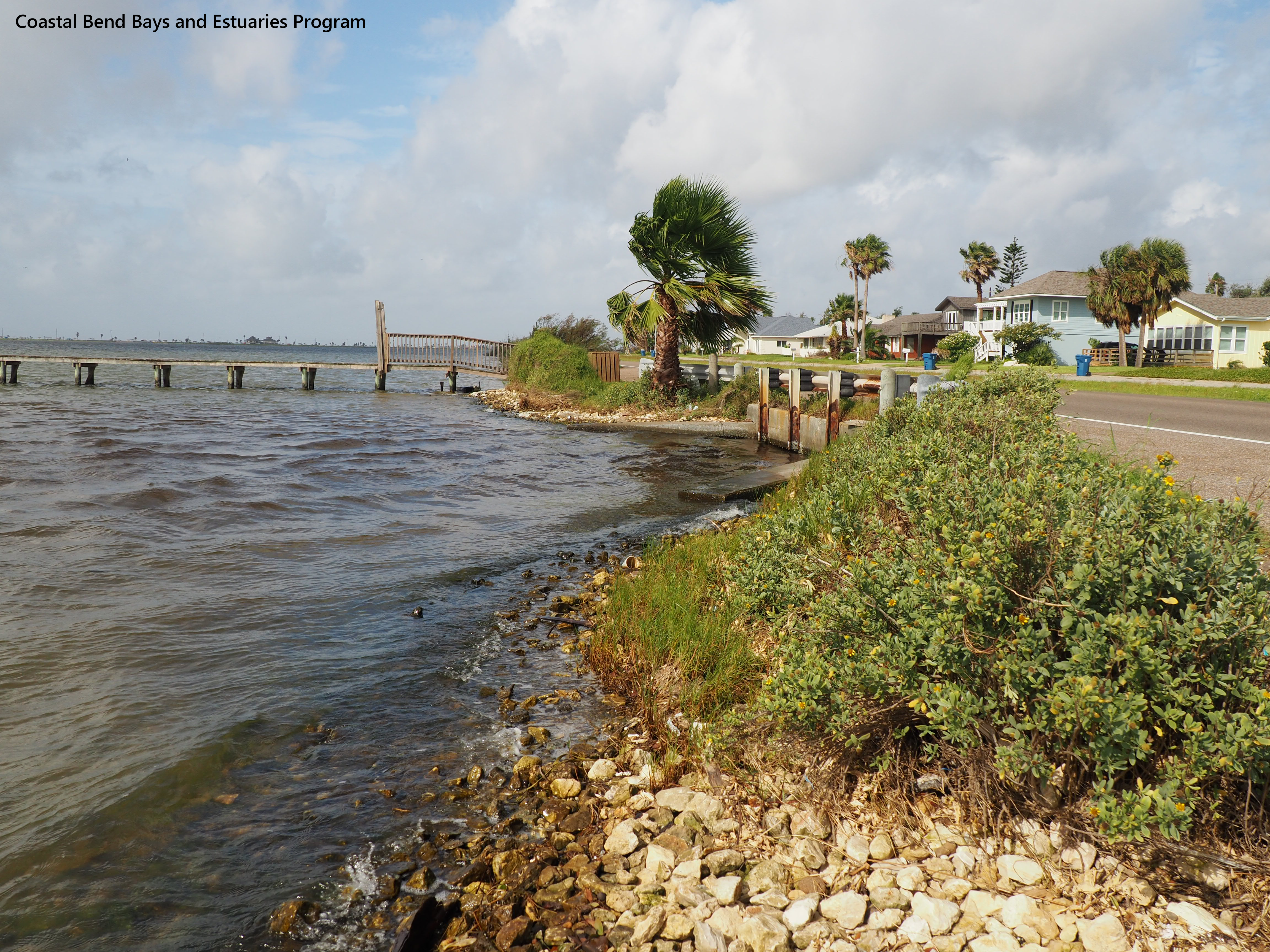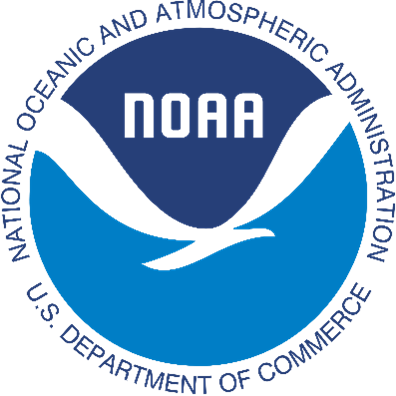Little Bay is a shallow estuary situated within Aransas Bay on the Texas Gulf Coast. This bay, recognized as a “gem of the Texas Coast,” attracts tourists from across the state to the Rockport/Fulton area and is a popular spot for swimming, boating, fishing, viewing wildlife, and more.
Due to Little Bay’s proximity to the City of Rockport and a wastewater treatment plant (WWTP), members of the community have voiced concern that the bay’s water quality may be negatively impacted by stormwater runoff and WWTP effluent, which flows into the bay via Tule Creek, a manmade riparian buffer.
High levels of enterococci, an indicator of potential fecal pollution, have been recorded by Texas Beach Watch during routine monitoring of Little Bay. These high bacterial levels prompted Texas A&M University-Corpus Christi (TAMUCC) to conduct a bacterial source tracking (BST) project in Little Bay and Tule Creek, which identified samples containing human, gull, and canine waste.

The Evaluating Health Risks in Little Bay project is a partnership between TWRI, TAMUCC, and UTHealth Houston School of Public Health to quantify the potential human health risks associated with the recently published data from TAMUCC’s BST project. The project will involve performing a quantitative microbial risk assessment (QMRA) to assess source specific human health risks utilizing enterococci and BST data under different environmental and weather conditions. Findings will be shared with stakeholders in the Rockport/Fulton area.
What is a QMRA?
A Quantitative Microbial Risk Assessment (QMRA) is a mathematical modeling approach that characterizes human health risks associated with exposure to pathogens.
Project Objectives
- Use existing enterococci data to conduct a quantitative microbial risk assessment (QMRA)
- Use existing BST data to conduct a QMRA
- Compare health risks between QMRA results
- Analyze environmental metadata in the context of human health risks
- Conduct community engagement activities, including sharing results with stakeholders





